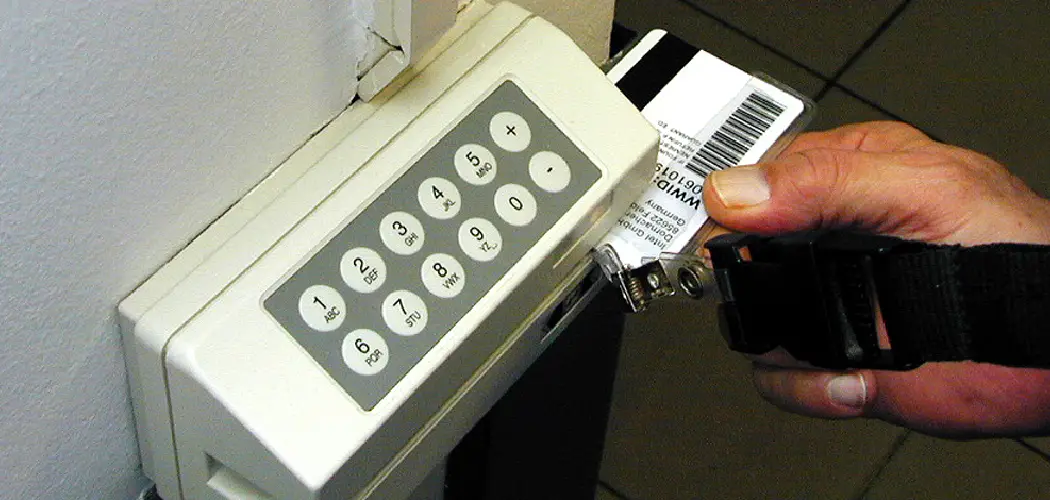Do you need help programming your precision garage door keypad? You’re not alone. Many homeowners struggle with this task, but it doesn’t have to be daunting.
Programming a Precision Garage Door Keypad is a straightforward process allowing you to gain convenient access to your garage without needing keys or remotes. This wireless keypad enables users to enter a secure code, providing a reliable way to open and close the garage door with ease. In this guide, we will walk you through the essential steps on how to program precision garage door keypad, ensuring that you can enjoy the benefits of enhanced accessibility and security in no time.
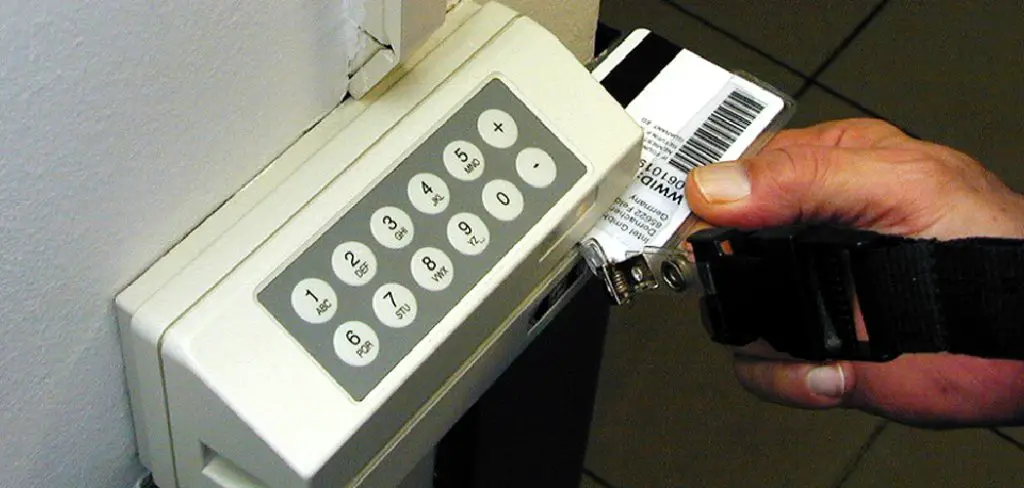
Whether you’re installing a new keypad or reprogramming an existing one, our step-by-step instructions will simplify the process and make it accessible for everyone.
What Will You Need?
Before diving into the steps, gathering all the necessary tools and materials is essential. Here’s what you’ll need:
- A functioning garage door opener
- A precision garage door keypad (make sure it is compatible with your opener)
- A ladder or step stool (if necessary)
- The instruction manual for your specific keypad model
Once you have everything ready, let’s get started on programming your precision garage door keypad.
10 Easy Steps on How to Program Precision Garage Door Keypad
Step 1: Identify the Learn Button
The first step in programming your precision garage door keypad is to locate the “Learn” button on your garage door opener. This button is typically found on the back or side of the unit and may be covered by a plastic door. The Learn button is crucial because it initiates the programming sequence for your keypad. Once you have identified it, press and hold the Learn button for about three seconds until you see the indicator light illuminate.
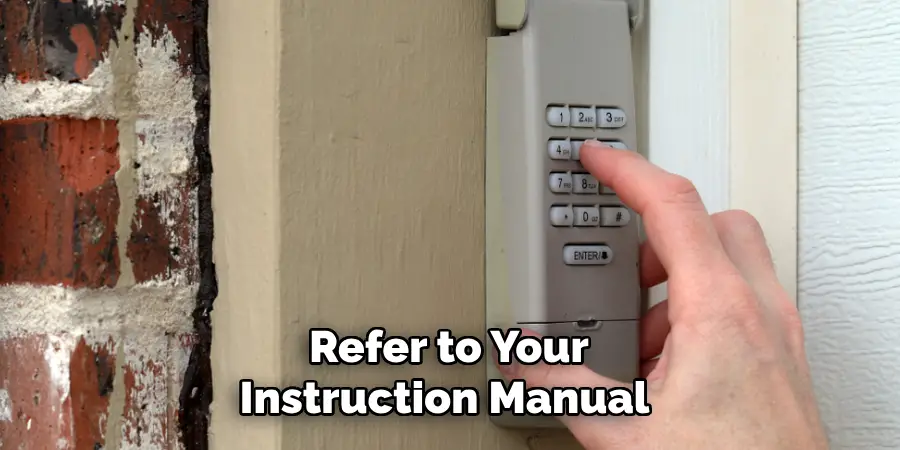
This indicates that the opener is ready to learn a new code. Remember, the exact location and appearance of the Learn button may vary depending on your garage door opener model, so refer to your instruction manual if you need help locating it.
Step 2: Enter Your Desired Code
After pressing the Learn button, you will have a short window to enter your desired code on the precision garage door keypad. Choose a four-digit code that is easy to remember but difficult for others to guess. Once you’ve selected your code, type it in on the keypad. After entering the code, wait for the keypad’s indicator light to blink or beep, which confirms that the code has been accepted. If the light stays on, it may indicate that the code was not successfully recorded, and you may need to repeat this step. Ensure the code isn’t similar to frequently used codes to maintain security.
Step 3: Test the Keypad
Once you have successfully entered your desired code, it’s time to test the keypad to ensure that it has been programmed correctly. Approach your garage door and enter the code set on the precision garage door keypad. After inputting the code, press the “Enter” or “Send” button, depending on your keypad model. Observe the garage door; it should open or close in response to your command.
If the door operates as expected, congratulations! Your keypad has been programmed successfully. If not, double-check that you entered the code accurately and repeat the previous steps if necessary. Testing the keypad confirms its functionality and gives you peace of mind that your access and security measures are in place.
Step 4: Reprogram if Necessary
If the keypad is not responding correctly after your initial test, you may need to reprogram it. To do this, return to the Learn button on your garage door opener and press it again to reset the learning sequence. Once the indicator light is illuminated, re-enter your desired code on the precision garage door keypad. Ensure you follow the previous steps meticulously; even a tiny error can prevent successful programming.
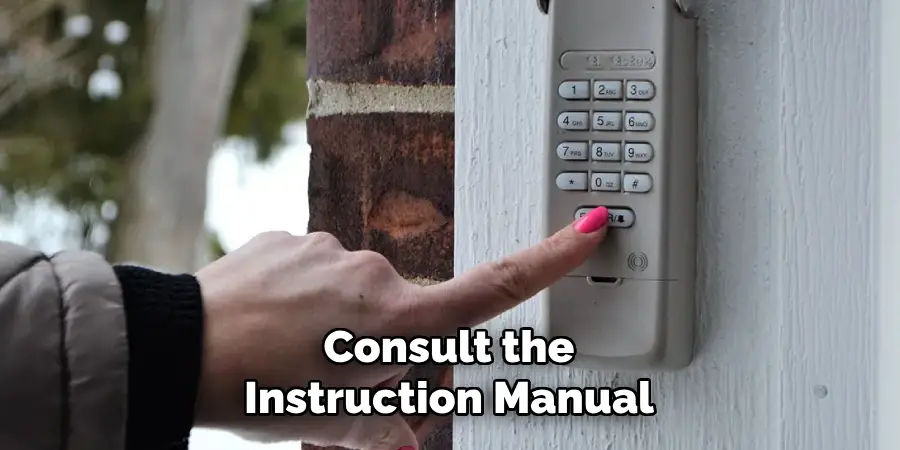
After reprogramming, conduct another test to confirm that the keypad is functioning as expected. If problems persist, consult the instruction manual for troubleshooting tips for your keypad model.
Step 5: Secure Your Keypad
After successfully programming and testing your precision garage door keypad, it’s essential to secure it to prevent unauthorized access. First, ensure that the keypad is mounted in a location that is not easily visible from the street or passersby. Next, use the provided screws or adhesive to firmly attach the keypad to the wall or surface where you plan to operate it. Make sure it is positioned conveniently for use but also out of reach of potential intruders. Finally, consider adding a cover or protective case if your keypad will be exposed to harsh weather conditions, helping to prolong its lifespan and maintain its functionality.
Step 6: Maintain Your Keypad
Regular maintenance is essential to ensure the longevity and reliable performance of your precision garage door keypad. Start by periodically checking the keypad for signs of wear or damage, such as cracked buttons or loose connections. Clean the keypad gently with a soft, damp cloth to remove dust and debris, avoiding harsh chemicals that could damage the surface. If your keypad is battery-operated, replace the batteries as needed, typically every six months or sooner, if you notice diminished performance.
Regularly testing the keypad, even if you haven’t used it recently, can help catch any issues before they become significant problems. You can keep your keypad functioning optimally and extend its lifespan by performing these simple maintenance tasks.
Step 7: Troubleshooting Common Issues
You might encounter common issues with your precision garage door keypad, even with careful programming and maintenance. If the keypad is not responding, first check the batteries to see if it runs on battery power; replacing them can often resolve the issue. Ensure that the keypad is within the operational range of the garage door opener; any obstruction or interference, such as walls or large objects, may hinder communication.
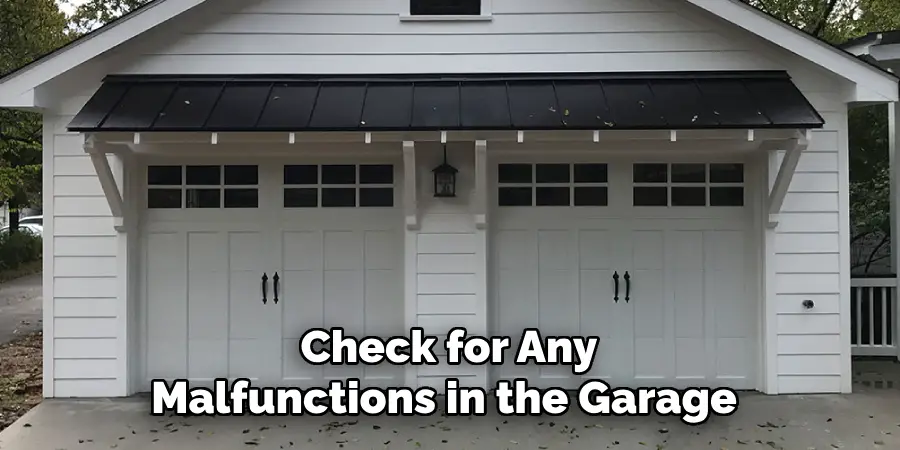
If you experience delayed responses, check for any malfunctions in the garage door opener and ensure that the Learn button was pressed correctly during programming. Consulting the instruction manual can provide specific guidance tailored to your model, helping you to diagnose and solve problems efficiently.
Step 8: Update Your Code Regularly
For enhanced security, it’s advisable to update the code for your precision garage door keypad periodically. Consider changing your code every few months or whenever you suspect that it may have been disclosed. To update your code, follow the same programming steps outlined previously: press the Learn button on the garage door opener, enter your new desired code into the keypad, and test it to ensure functionality. Regular updates help safeguard your home against unauthorized access, giving you peace of mind that your garage is secure.
Step 9: Consider Additional Security Measures
While a precision garage door keypad offers a convenient access method, incorporating additional security measures can further enhance your home’s safety. Consider installing security cameras around the garage area to monitor activity. You may also consider using a smart garage door opener that allows you to manage access remotely via a smartphone app, providing alerts and login logs for added oversight.
Investing in motion-sensor lights can deter potential intruders, making it clear that the area is being monitored. Combining these measures with your keypad will create a robust security system for your home.
Step 10: Consult a Professional if Needed
If you encounter persistent issues or if the programming process seems overly complicated, don’t hesitate to consult a professional. Garage door technicians have the expertise and tools to troubleshoot and resolve issues that might be beyond standard troubleshooting steps. They can also assist with installations and ensure everything is functioning up to safety standards. Hiring a trained professional can save you time and hassle, ensuring your precision garage door keypad operates correctly and reliably.
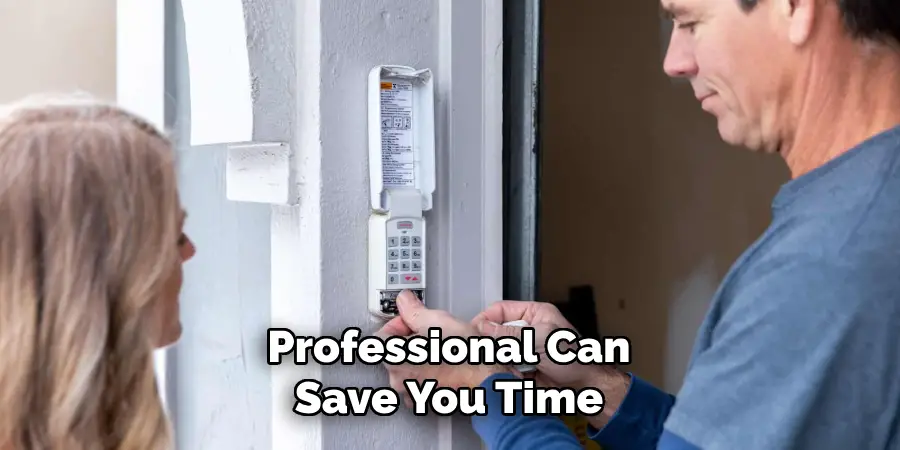
Following these steps, you can program and maintain your precision garage door keypad for optimal access and security.
5 Things You Should Avoid
- Skipping the Initial Setup Instructions: Always precisely adhere to the manufacturer’s setup instructions. Skipping any initial steps can lead to improper programming and functionality issues.
- Using Obvious Codes: Avoid selecting easily guessable codes, such as “1234” or your house number. To enhance security, choose a complex code that is not associated with personal information.
- Ignoring Battery Maintenance: Pay attention to battery replacement for battery-powered keypads. Neglecting this can lead to unexpected failures and lockouts when using the keypad.
- Failure to Test After Programming: After programming the keypad, always conduct a test to confirm it operates correctly. Skip this step, and you may be locked out when you need access.
- Don’t Use Damaged Keypads: If your keypad is damaged or shows signs of wear, only use it once you can properly repair or replace it. Using a damaged keypad can lead to further issues and compromise its functionality.
By avoiding these common mistakes, you can ensure optimal performance and security for your precision garage door keypad.
Conclusion
In summary, How to program precision garage door keypad is a straightforward process when approached methodically.
You can ensure that your keypad operates smoothly and securely by following the outlined steps—from initial setup and regular maintenance to troubleshooting and security considerations. Remember to choose a complex access code, maintain your keypad, and routinely update your code to safeguard your home. Additionally, don’t hesitate to seek professional assistance if you encounter challenges.
With these practices in place, you’ll enjoy the convenience and peace of mind from an efficiently programmed and well-maintained garage door keypad.

